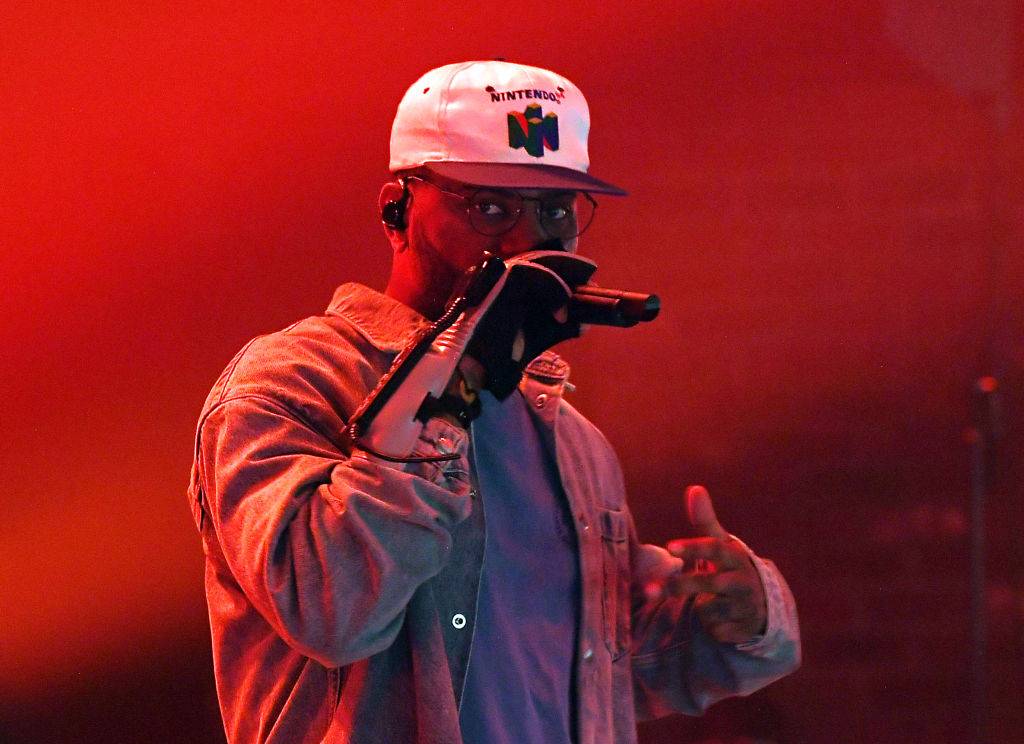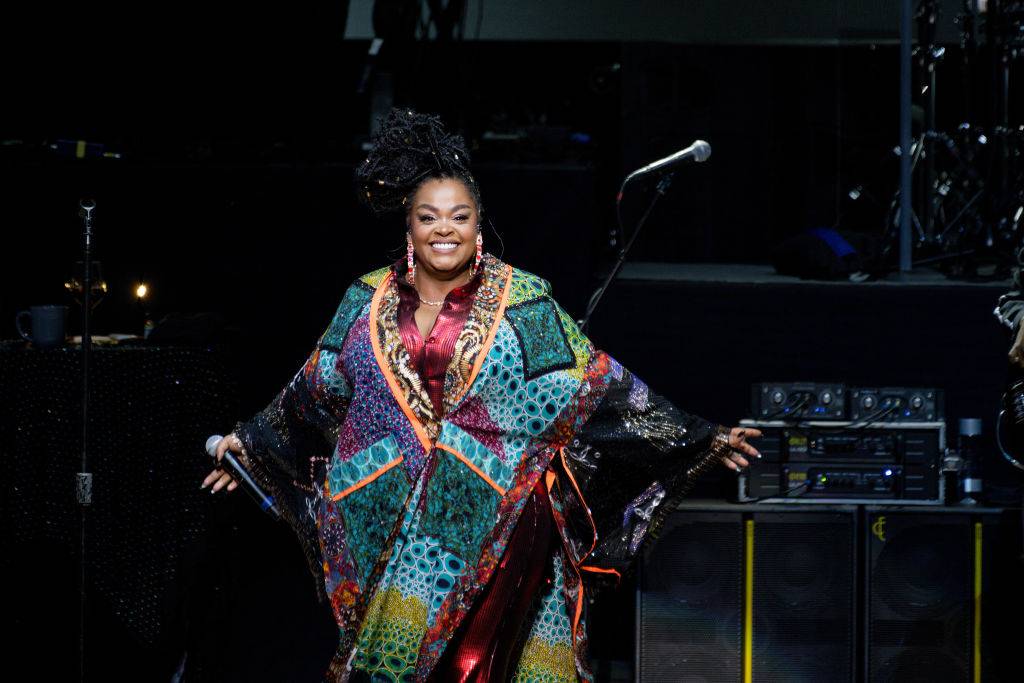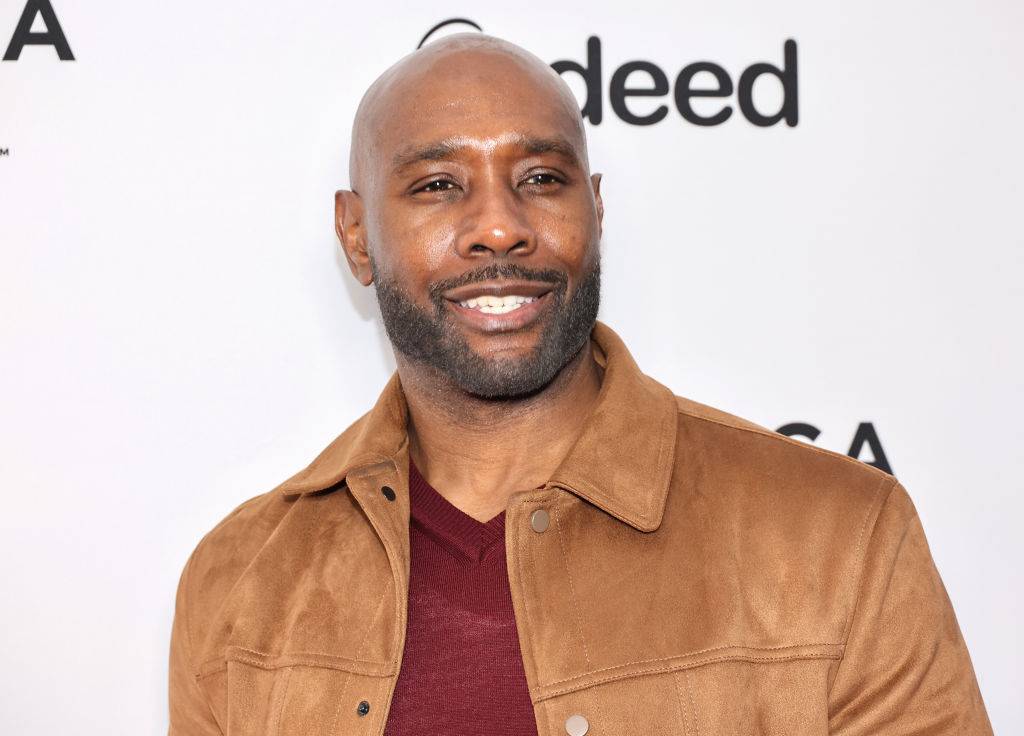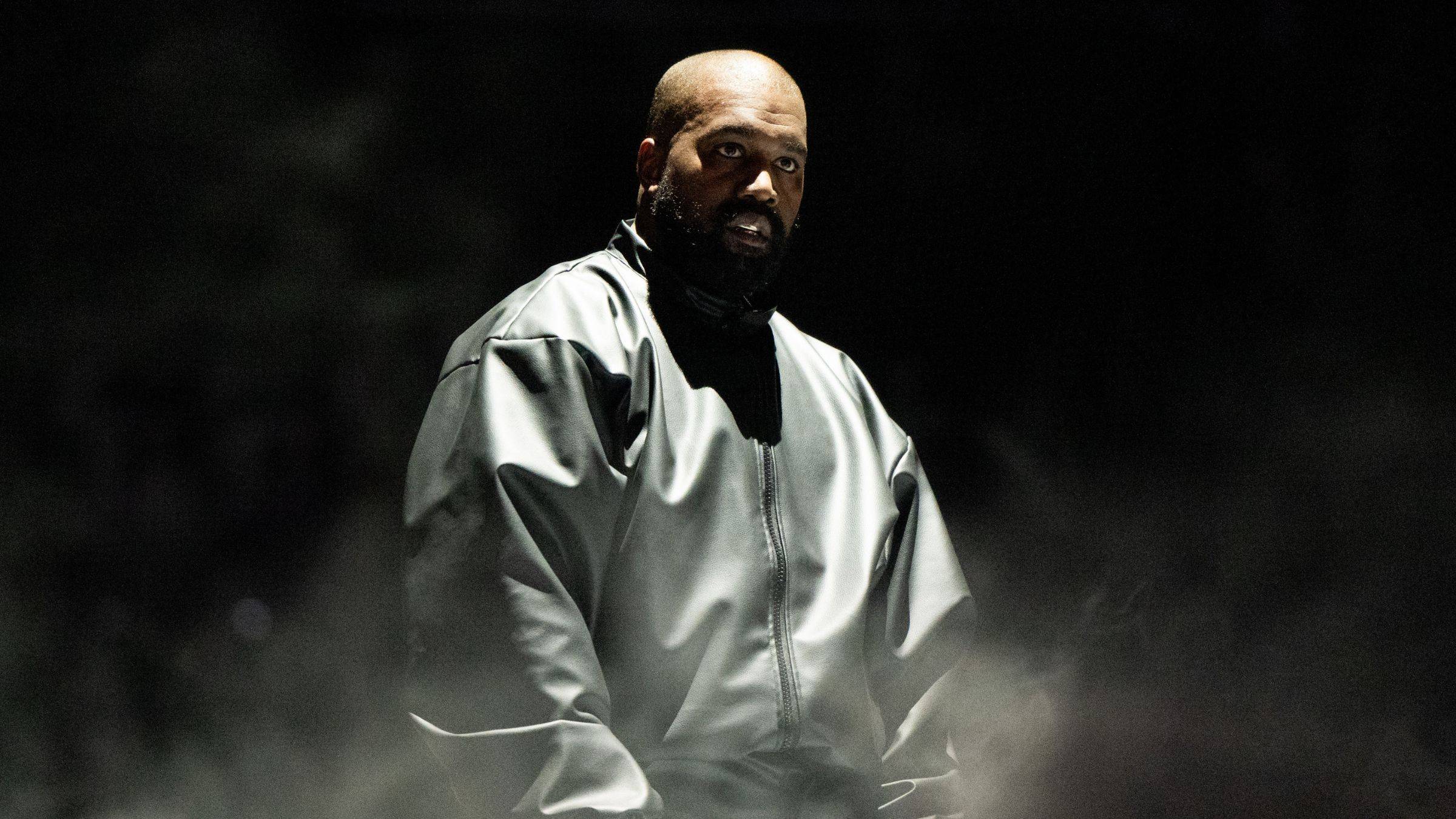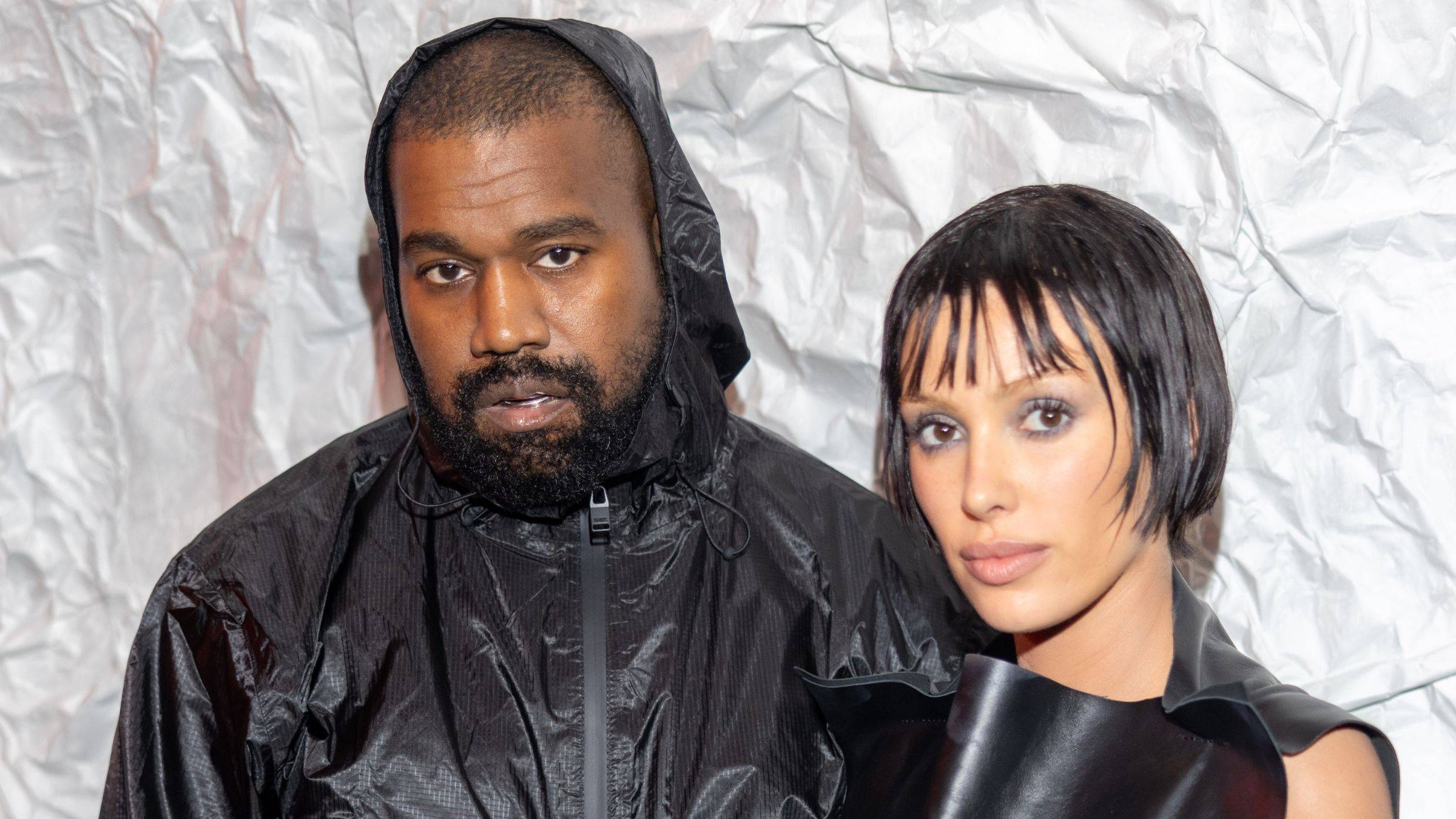The Lasting Influence Of Wesley Snipes’ ‘Blade’ On Comic Book Films 20 Years Later
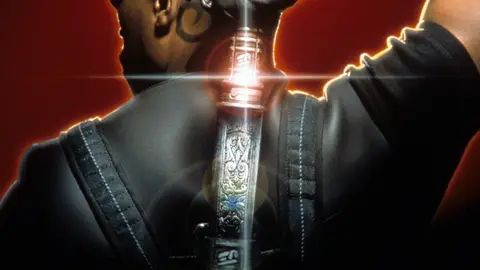
As far as I’m concerned, the Marvel Cinematic Universe began in 1998 with a pair of shades at a blood-soaked rave. Wesley Snipes’ Blade appeared in front of a drenched crowd of vampires, draped in leather and combat gear and as hungry for vengeance as the party-goers were thirsty for blood. The ensuing fight scene is a swift and stylish story in and of itself; we can tell that he’s been doing this for years by the way he deals out roundhouse kicks and tosses glaves, chuckling at the sport of it all while he impales vampire leaders to walls with silver stakes. The opening of Blade is a sleek and ridiculous ride that sets the tone for all the wicked mayhem to come. Oh, and that stage was set by a Black man.
It’s really been 20 years since Wesley Snipes first donned the fangs of Blade and changed the trajectory of Marvel’s movie-making ambitions forever. Black superheroes weren’t in abundance in the world of action film in 1998; the closest competition Blade had was the Michael Jai White-starring Spawn, which came out a week afterward. Only seven days separated two films crossing a finish line they should’ve stepped over years ago. And it would’ve helped, considering that Marvel’s previous attempts to bring their comics to the screen either adhered too much to the comics and devolved into cheese (Roger Corman’s Fantastic Four in 1994) or too little without bringing a new perspective to the characters worth exploring (The disastrous Howard The Duck allegedly scared Marvel away from movie adaptations for years). Marvel had yet to land a hit as huge as DC Comics had with Tim Burton’s gothic Batman movies or Richard Donner’s good-natured Superman movies, and considering that this was around the time that they were circling the bowl of bankruptcy and leasing character rights to whatever movie studios would buy them, Marvel could use the money.
Blade brought a mix of both to the table that helped create a real sense of place, and Snipes was at the center of all of it as a half-human/half-vampire on the hunt for the demon who killed his mother while she was pregnant with him and cursed him with a thirst for blood. The aforementioned party scene gives a more interesting peek into his persona than the eventual drawn-out origin story is. Snipes’ two black belts help the fight scenes pop while his cool, calm, and badass demeanor is a reminder that he was born to play this role. It was considered dark and edgy for its time, but in retrospect the movie as a whole never takes itself too seriously. Where Stephen Droff’s villain Deacon Frost threatens to crank the edge too far past 11, Snipes balances Blade on the border of grim tortured heroics and self-parody. It’s a deceptively difficult part to play, and one that Snipes made look good for the last 20 years.
Interestingly enough, Wesley had been contemplating Black Panther and Luke Cage films before taking on Blade. New Line Cinema had success throughout the 1990s with comedies and dark thrillers like House Party, Deep Cover, Menace II Society, Above The Rim, Friday, Set It Off and Seven. Screenwriter David Goyer said Blade was being pitched as the “Star Wars of black vampire films,” but the studio had the gall to ask if Blade could be white. Thankfully they pushed back. Denzel Washington's and Laurence Fishburne’s names were thrown in the ring but Wesley was who they wanted.
“Most of the representation I had at the time were very against me doing the Blade role,” Snipes revealed in an interview. “They considered me a classical actor, a professional trained actor and it was beneath the skillset. My trajectory was to do dramatic types of roles and work my way toward getting awards. [But] I’d never seen a Black vampire that did karate before. [We] had never seen a cool, Shaft-like vampire that did karate at the same time. We’ve got to do this movie.”
Snipes’ iconic portrayal of Blade struck more than just a balance in the movie, though. It was only the second Marvel film outside of Howard The Duck to be released wide in theaters, a bar the movie could’ve cleared by just being okay. It debuted to $17 million on its opening weekend and went on to gross $131 million worldwide, kicking open the door for a franchise — including the vastly superior Blade II in 2002 and the terrible trilogy capper Blade: Trinity in 2004 — and for other superheroes to run through it for the last two decades. Think about it; without Blade in 1998, Marvel wouldn’t have had the confidence to team with 20th Century Fox to put the X-Men in those black latex suits in 2000 or bring the old-fashioned campy fare of Spider-Man to life with then-modern tech in 2002. The success of Blade was the first punch in Marvel’s three-stage knockout that brought cinema into the Geek Age.
That influence can still be felt today in the ever-expanding Marvel Cinematic Universe. You can see it in the flashy hand-to-hand combat of Captain America, in the garish over-the-top villainy of Tom Hiddelston’s Loki and the muted stoicism of Idris Elba’s Heimdall. You can even see the imprint it’s left on the bombastic DC Extended Universe movies like Suicide Squad or Justice League, albeit with a more gloomy and self-serious twist. But when I rewatched Blade recently, it reminded me most of the street-level grit of the Marvel Netflix series. Shows like Luke Cage and Daredevil are indebted to Blade not just because of the movie’s tightly shot action scenes and high stakes drama, but because he is the nucleus that the entire Marvel Cinematic Universe revolves around, Patient Zero for a sensation that continues to rewrite the way we experience movies.
And yet, Blade never gets the credit it deserves for kicking the door open for an entire genre. Wesley Snipes’ role is always hailed as the first Black superhero movie but almost never as the first Marvel movie. Snipes helped make Black heroes viable in the eyes of Hollywood executives, but the MCU proper didn’t feature a Black hero in a marquee role for the first decade of its existence. When it comes to innovation, Black people seem to never be on the schedule even when we’re on time. Even still, Blade is the reason that many are still thinking “Wakanda Forever!” six months after Black Panther dominated the box office earlier this year, and I’m spending its 20th anniversary shouting my praise from the rooftops.
